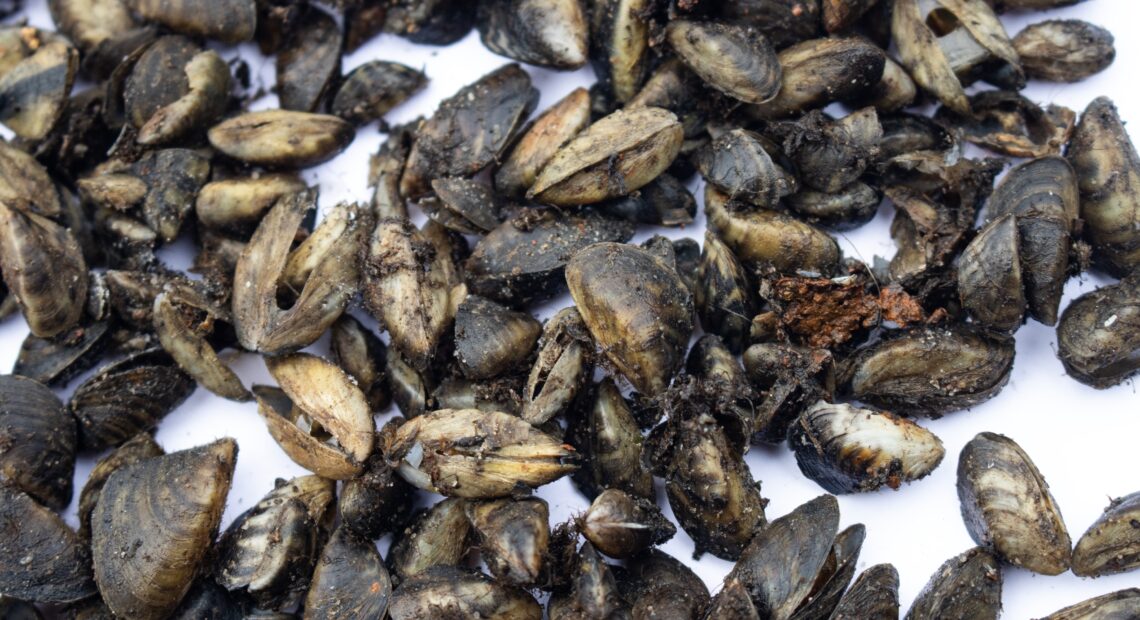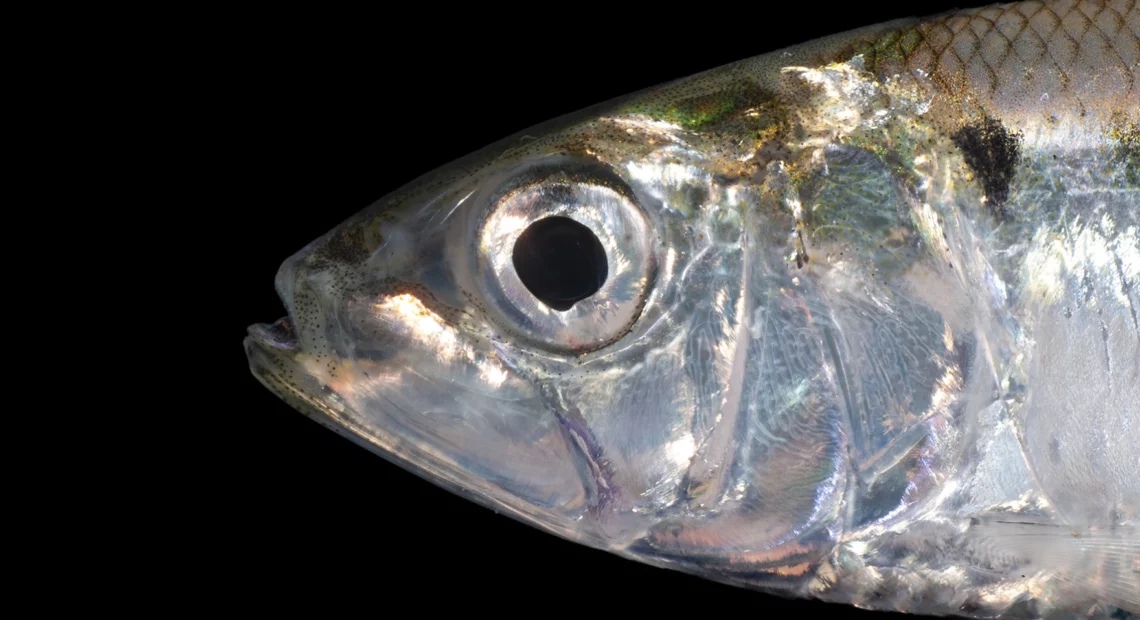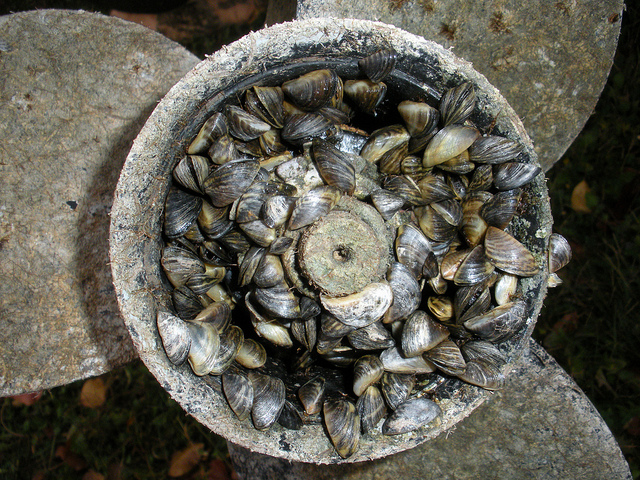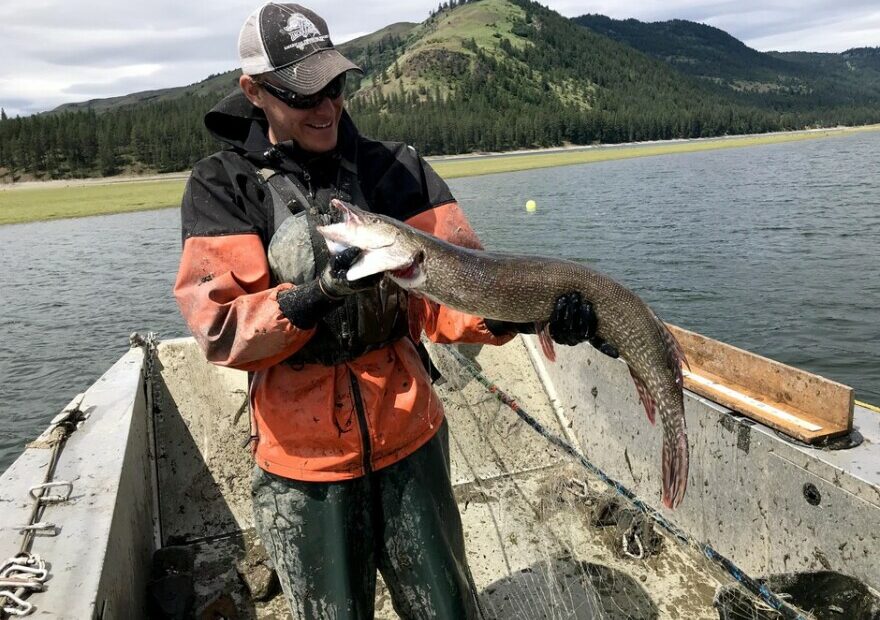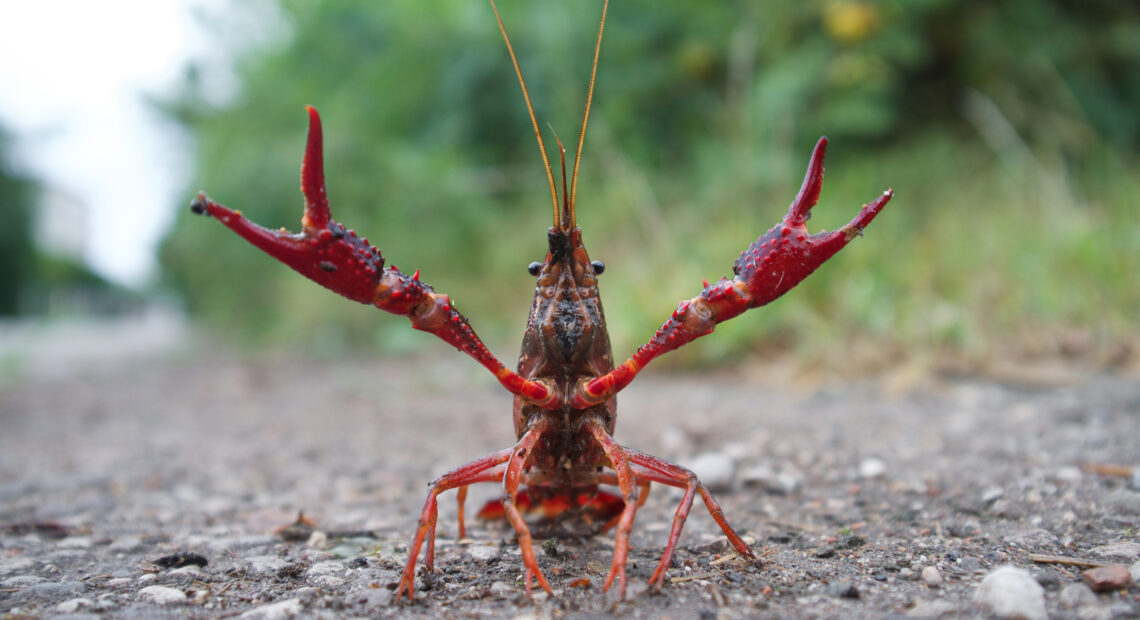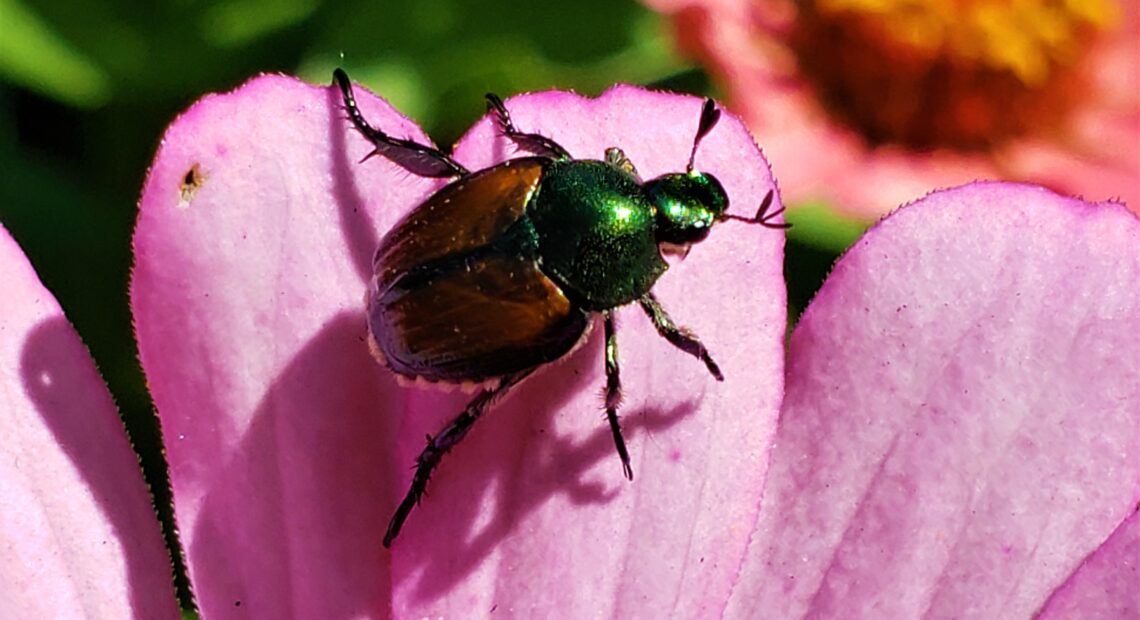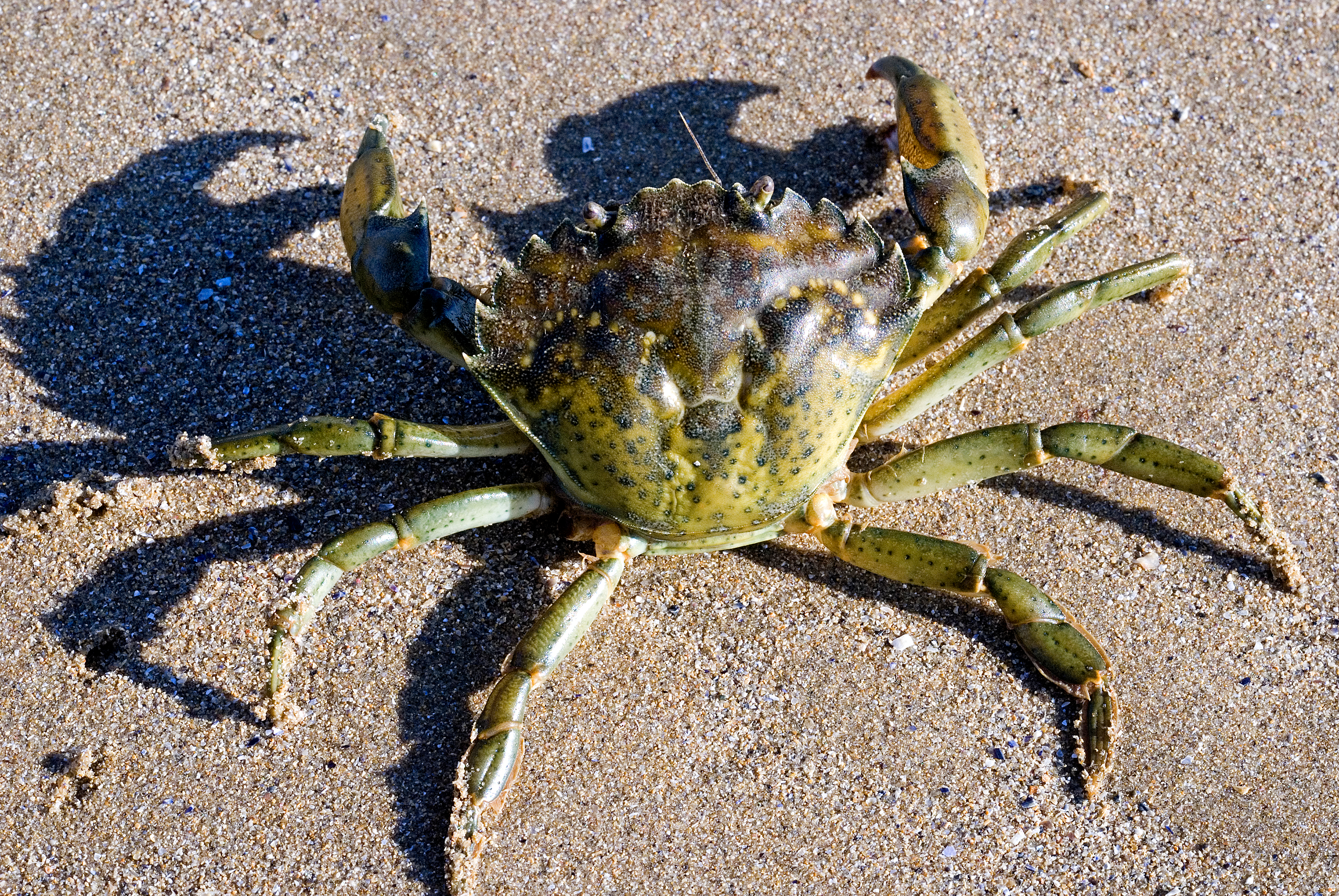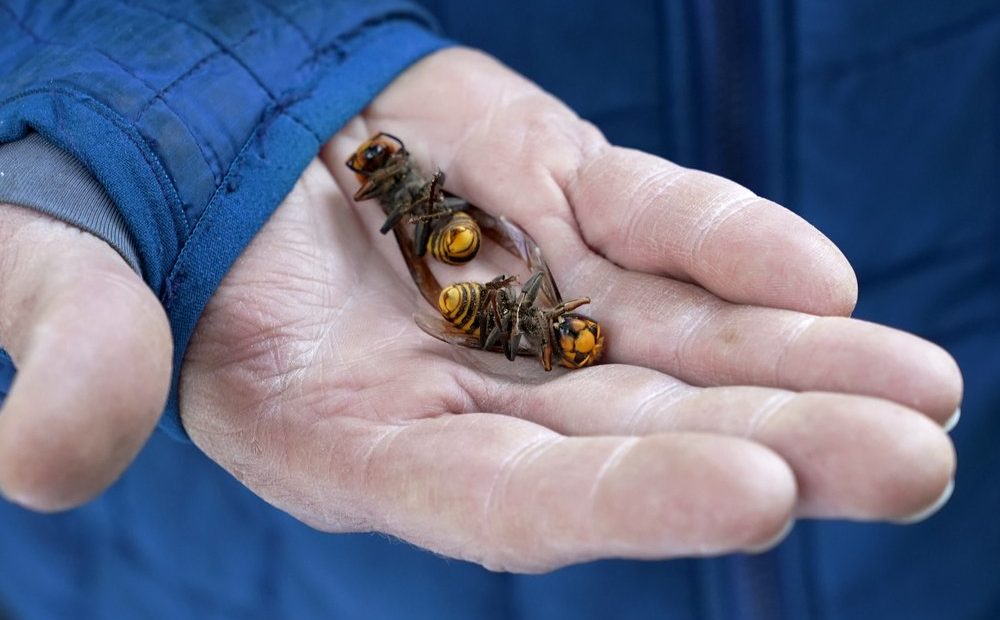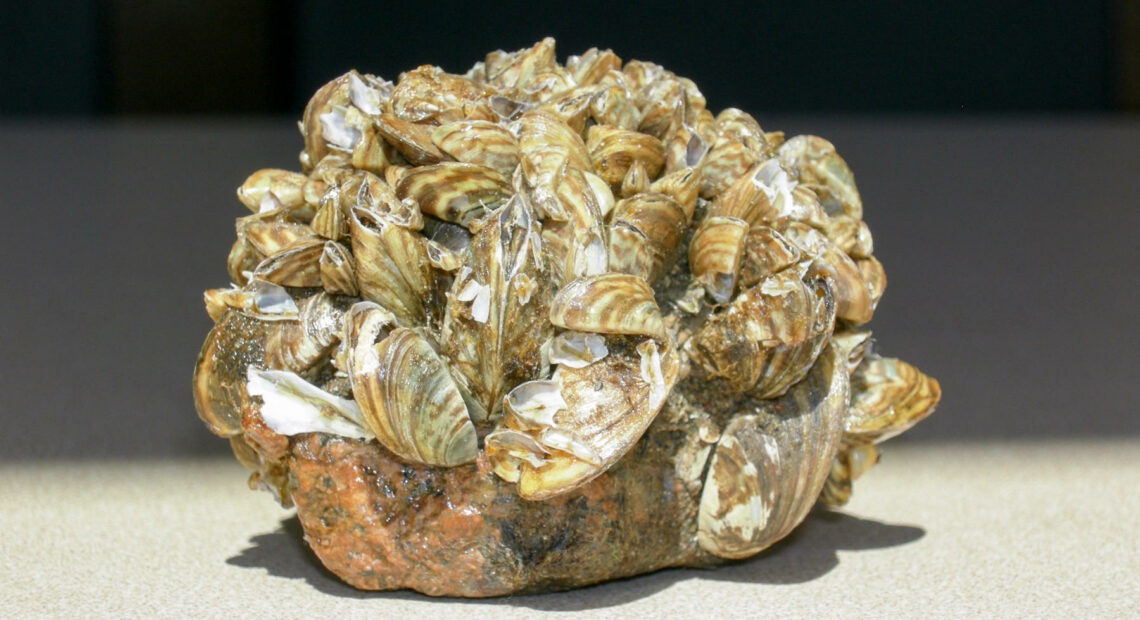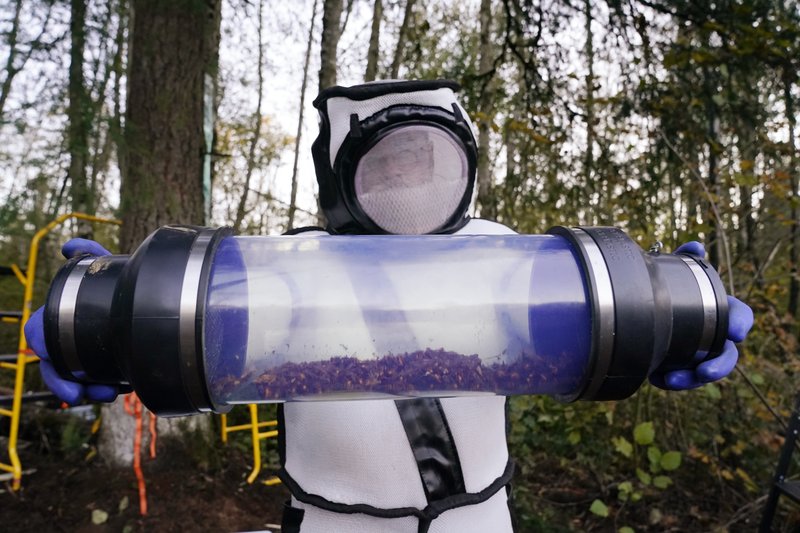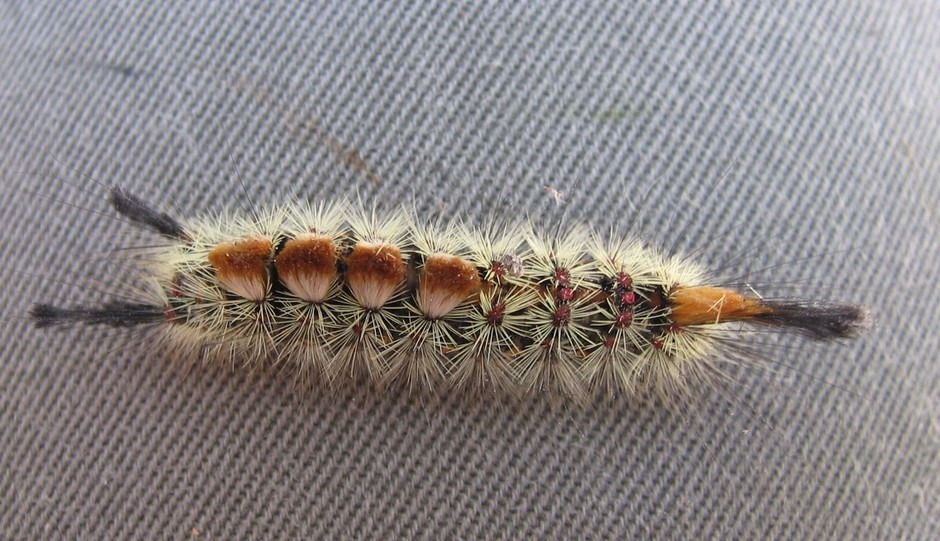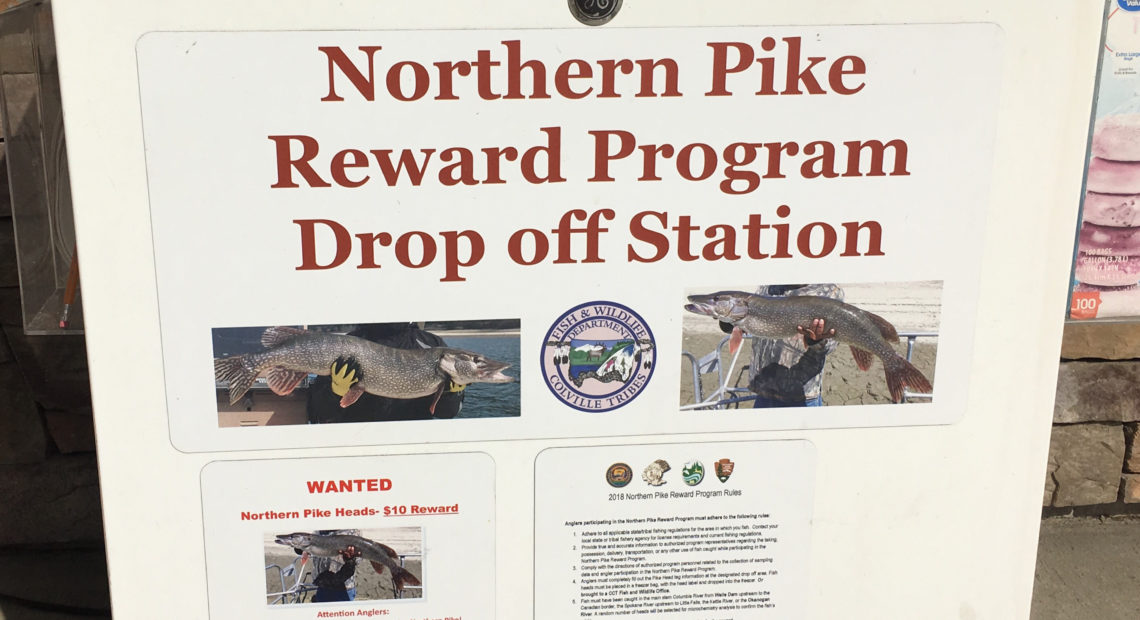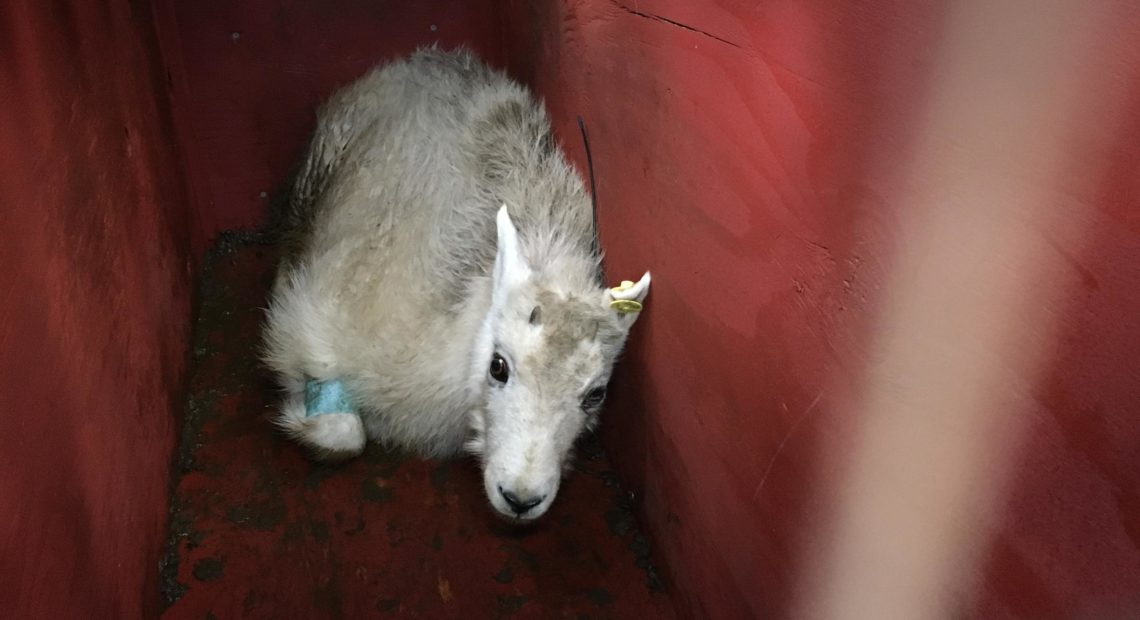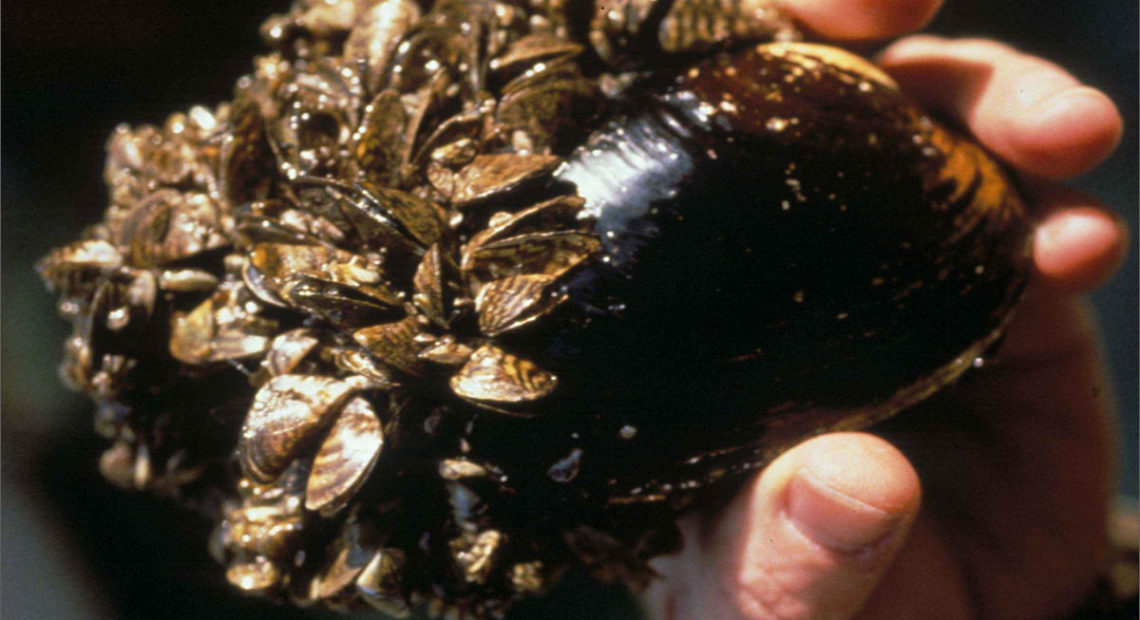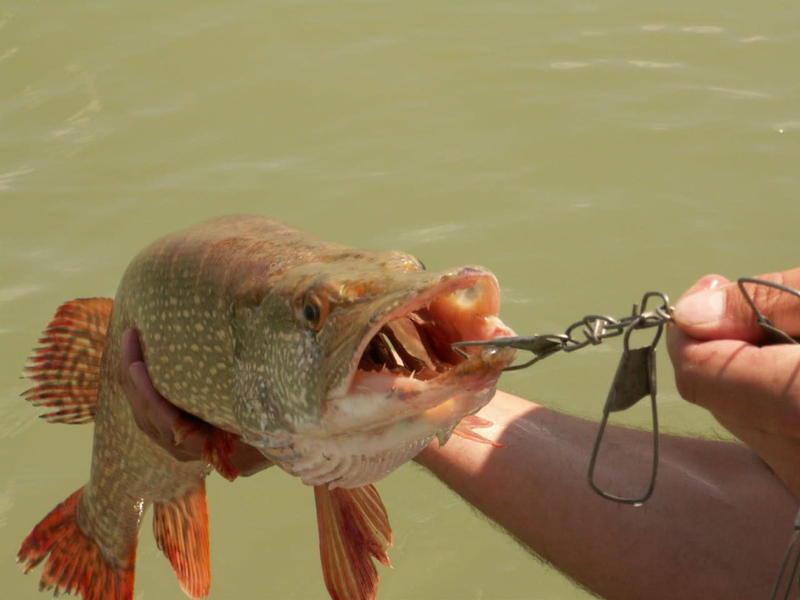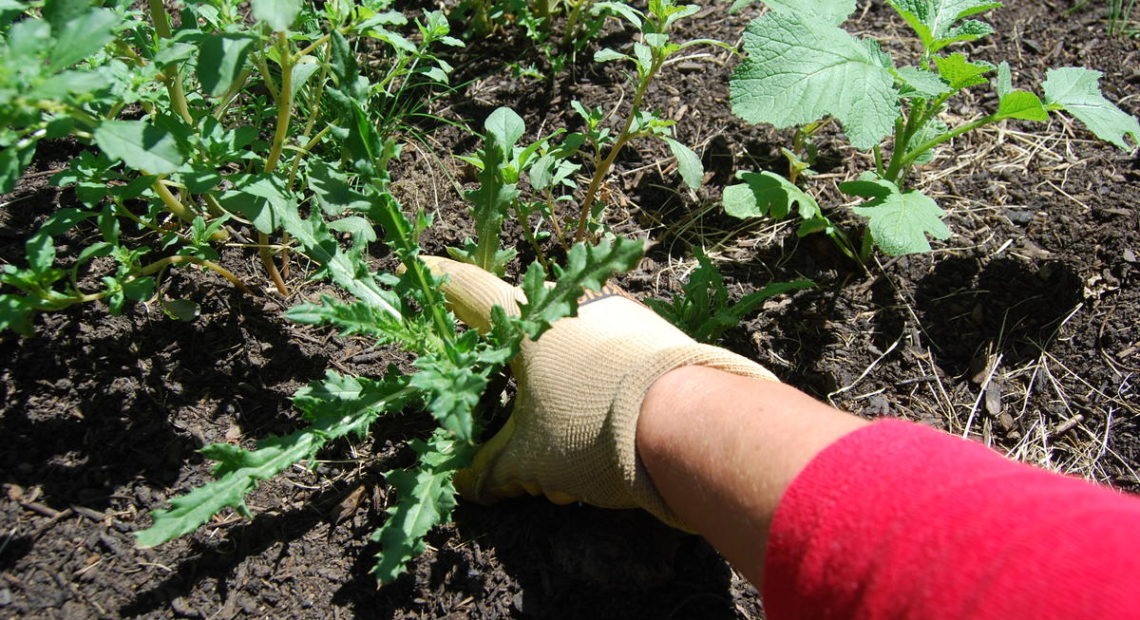A close-up of the thumbnail-sized invasive quagga and zebra mussels found on a tugboat in January. (Credit: Washington Department of Fish and Wildlife) Read It was a close call along […]Read More
In recent years, non-native American shad migrating past Bonneville Dam greatly outnumbered the total salmon and steelhead. (Credit: Smithsonian Environmental Research Center / Flickr Creative Commons) Listen (Runtime 1:10) Read […]Read More
Fin is about 4 years old and is a Catahoula leopard dog, blue lacy and Australian kelpie mix. He can inspect up to 140 boats per day. (Credit: Courtney Flatt […]Read More
Quagga mussels clog a boat motor. (Credit: The Government of Alberta, Flickr Creative Commons) Listen (Runtime 0:57) Read Fast-spreading invasive aquatic mussels are hitching rides on boats, kayaks and jet […]Read More
Biologists are catching as many northern pike as they can in Lake Roosevelt, the reservoir held back by the Grand Coulee Dam. CREDIT: Courtney Flatt Listen (Runtime 0:54) Read Right […]Read More
Red Swamp Crayfish have been discovered in the Lewiston Levee ponds, thanks to science students at Lewiston High School. (Credit: istockphoto) Listen (Runtime 00:59) Read Lewiston High School teacher Jamie […]Read More
Adult Japanese beetles can take plants like roses, grapes or hops down to the nubs quickly if infested. The beetle comes from Asia, and doesn’t have many predators in Oregon […]Read More
Efforts to keep a toothy, invasive fish behind Grand Coulee Dam are paying off.Read More
Researchers want you to add green crabs to your menu to help combat this invasive species.Read More
Scientists have found a dead Asian giant hornet north of Seattle, the first so-called murder hornet discovered in the country this year, federal and state investigators said Wednesday.Read More
Wildlife officials in Washington have said British Columbia and U.S. federal and state agencies will work together to track, trap and eradicate Asian giant hornets in the Pacific Northwest.Read More
Washington state wildlife officials are working with pet store chains to stop the spread of aquarium products found to contain zebra mussels. A zebra mussel is a tiny shellfish native to the Black and Caspian Seas in Ukraine. But they’re now found all over the world, except in the Northwest.Read More
The state Agriculture Department had spent weeks searching, trapping and using dental floss to tie tracking devices to Asian giant hornets, which can deliver painful stings to people and spit venom but are the biggest threat to honeybees that farmers depend on to pollinate crops.Read More
The tussock moth caterpillar is quite the sight, if you’ve ever seen one hanging around a Douglas fir tree. These hungry caterpillars can eat Douglas fir and grand fir needles, first starting with the new needles that grow as the caterpillars hatch. Later, munching on older needles high in the treetops.Read More
Three Washington Native tribes are joining two state agencies and two public utility districts in targeting the northern pike. That’s a big species of fish that’s caught for sport in the upper Midwest, but which fisheries biologists say poses huge potential damage to Northwest salmon runs.Read More
Wildlife biologists have relocated the first two dozen of hundreds of non-native mountain goats slated for removal from Olympic National Park. The logistically-challenging capture and transfer of the woolly wild animals to the northern Cascade Range has been periodically slowed by weather this week.Read More
As boat inspections in the Northwest ramp up for summer, an inspection at the Washington-Idaho border near Spokane last week turned up highly invasive zebra mussels.Read More
They’ve been called devil fish. They’re No. 1 on the hit-list for invasive aquatic life in Washington waters. And they’re creeping farther and farther down the Columbia River system.Read More
Weeding. A never ending story but there are other ways to weed while getting a snack. CREDIT SUEANN RAMELLA / NORTHWEST PUBLIC RADIO It was a little too hot […]Read More

